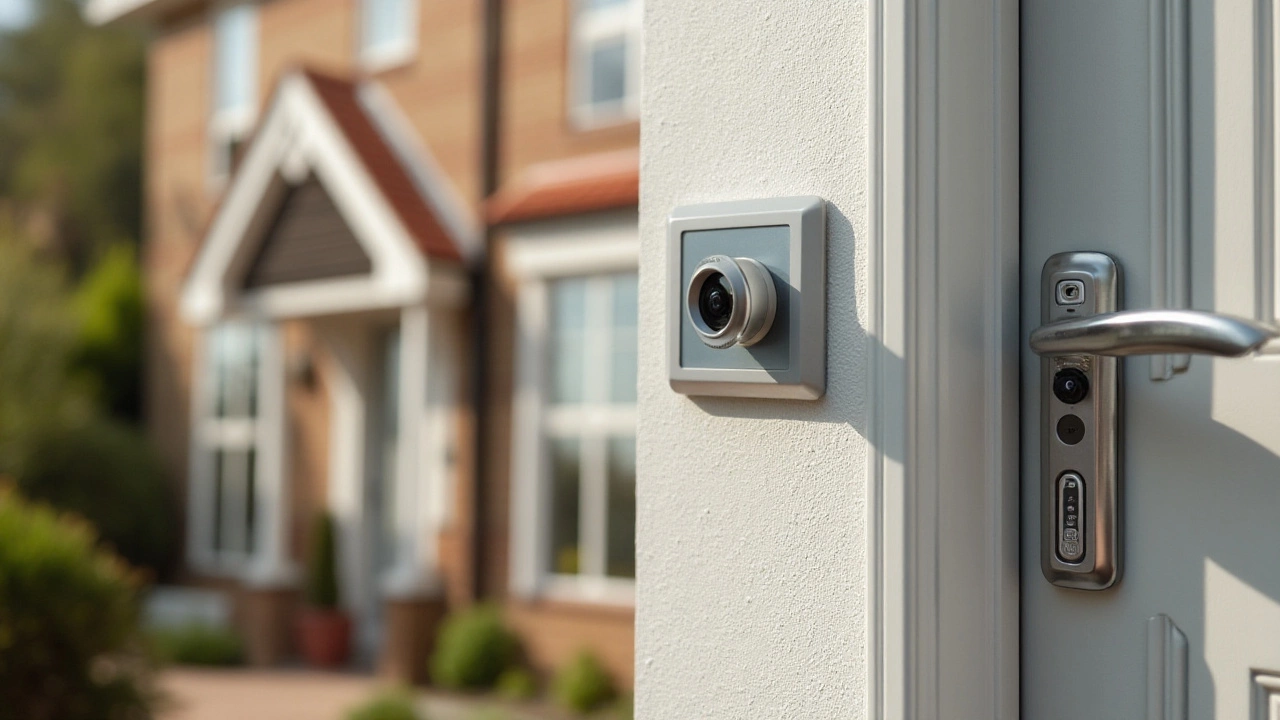Smart security gear is everywhere now, but not every gadget fits every house. The right system blends ease of use, solid night vision, and reliable alerts. Below you’ll get practical tips on picking gear, setting it up, and keeping hackers out.
Start by listing the areas you want to watch. Front doors need a video doorbell, while a backyard or garage benefits from a wireless camera with a strong infrared range. Look for cameras that advertise true night vision – the kind that shows clear detail without a flood of bright spots. If the camera needs Wi‑Fi, check that your router reaches the spot; otherwise a battery‑powered, non‑Wi‑Fi model can save you wiring hassles.
Think about storage. Cloud plans add a monthly cost, while a local microSD card keeps footage on the device. For most owners, a hybrid approach works: keep a week of video on the card and upload critical clips to the cloud. This way you avoid paying for endless storage but still have a backup if the camera is stolen.
Don’t forget integration. If you already have a smart speaker or hub, choose devices that talk to the same ecosystem. A doorbell that works with Alexa or Google Assistant lets you see the feed on any smart display without opening a separate app.
Strong passwords are the first line of defense. Change the default admin password as soon as you install a camera, and use a unique phrase for each device. Enable two‑factor authentication if your camera’s app offers it – a simple code sent to your phone makes it much harder for a stranger to break in.
Regular firmware updates matter more than you think. Manufacturers patch security holes, and those patches are often a click away in the app. Set the app to update automatically so you never miss a critical fix.
If you rely on Wi‑Fi, secure your network with WPA3 or at least WPA2‑AES. Older protocols like WEP are easy to crack and give burglars a back door to your cameras. Separate your security devices onto a guest network if your router allows it; this isolates them from your main computers and phones.
Physical placement also impacts safety. Avoid aiming cameras directly at neighbour windows to respect privacy laws and reduce the risk of complaints. Position doorbells at a height where they capture faces but stay out of reach of vandals.
Finally, test your alerts. Simulate an event by walking in front of a camera or ringing the doorbell. Make sure you get a push notification and that the video plays without lag. If anything feels slow, check your internet speed or consider a wired power‑over‑Ethernet (PoE) camera for more stable performance.
Secure smart systems don’t have to be complicated. By matching devices to your home layout, locking down passwords, and keeping software up to date, you get peace of mind without breaking the bank. Ready to upgrade? Start with one camera at the front door, see how it feels, then expand to cover the rest of your property.

In today's interconnected world, the demand for a secure smart home system has never been higher. As technology advances, so do the threats to our personal spaces. This article explores the most secure smart home systems available in 2024, focusing on their security features and the technology that keeps them safe from cyber threats. Through an examination of various systems, this guide aims to help homeowners select the most reliable and secure systems for their needs.